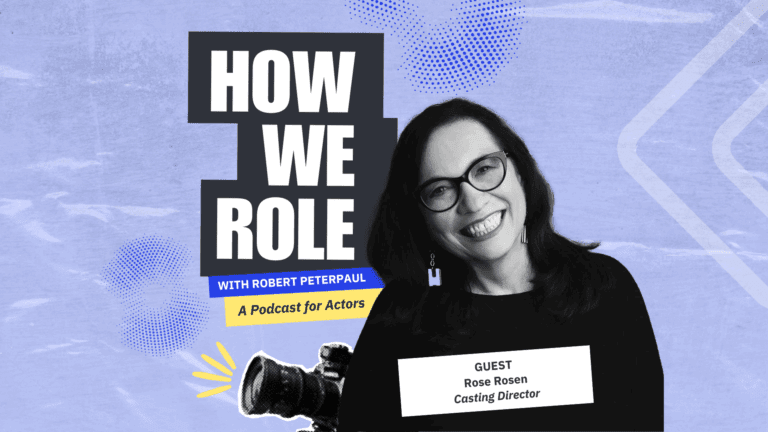Any actor will tell you that nailing an on-camera performance is no easy feat. However, with a little bit of preparation and practice, it’s definitely achievable.
But first, you must understand the difference between acting on stage vs. screen. For many people, the two terms are interchangeable, but they actually refer to two very different types of acting.
Stage acting is all about projecting your voice and being able to reach the back row of the theater. You need to be able to connect with your audience and make them feel what you are feeling. Screen acting, on the other hand, is all about subtlety. The camera picks up on everything, so you need to be able to convey emotion without overdoing it. You need to be more natural and intimate.
Focus on Your Objectives and Subtext
When it comes to acting, both objectives and subtext are important. Objectives are the actions that the character is trying to achieve. For example, in a love scene, the objective might be to kiss the other person. Subtext is the hidden meaning behind the dialogue or action. It's what's going on beneath the surface. In a love scene, the subtext might be fear or vulnerability.
Both objectives and subtext should be kept in mind when preparing for a role. It's important to have a clear understanding of what your character is trying to do. But it's also important to understand the underlying emotions that are driving your character's actions. This will help you create a more three-dimensional performance.
While objectives and subtext should be considered for any role, you have extra flexibility on-screen to build the character. On-screen roles can be diversified, whereas on-stage roles remain (almost) the same for every performance.
Learn How to Properly Use Facial Expressions and Body Language
For on-camera, you want to be as realistic as possible. You may have heard the term “people watch”. If you’re in a large city area, people are actually known to sit at a window table in a restaurant so they can people watch. This is one of the best exercises you can do as an actor.
I mean, hey, you have to eat anyway, so might as well eat and observe at the same time! Example: Actor Evan Peters, who plays a serial killer in Netflix’s Dahmer – Monster: The Jeffrey Dahmer Story, noticed that the real Jeffrey Dahmer had a very straight back and didn’t swing his arms when he walked. In order to mimic Dahmer’s physicality, Evan wore lead weights around his arms so it would be difficult to move them as he walked.
Understand Where to Stand in Relation to the Camera
Understanding where to stand in relation to the camera is important because it helps you control your performance and how you’re seen on screen.
There are three main areas that you need to be aware of when considering your placement in relation to the camera: the frame, the axis and the eyeline. The frame is the physical space that the camera can see. The axis is an imaginary line that runs through the center of the frame. The eyeline is the line of sight between the actor and the camera.
You should always be aware of where the camera is and what it can see. By understanding these three things, you will be able to control your performance and ensure that you are seen in the best light possible.
Example: When I was a little kid, I was an extra on a NYC soap opera. The scene was me holding my grandfather’s hand while walking through the zoo. Being in the area of only 7 or 8 years old, I didn’t realize this at the time, but my “grandfather” extended his arm out really far, so even though he was still holding my hand, I wasn’t right next to him. Fast forward to watching that scene on TV, it turns out I was totally out of frame, and all you saw was the grandfather holding a hand. [Being a kid, I don’t remember the grandfather actor’s name, but I learned a valuable lesson that day about framing and where to stand in relation to the camera.]
If you're looking to improve your on-screen performance, remember these three tips: be aware of your environment and what's going on around you, focus on your own screen and game play and be prepared to adjust to changes.
Looking to get your big break? Sign up or login to Casting Networks and land your next acting role today!
Related articles:
Six Myths About Acting That You Need to Stop Believing
Getting Over Stage Fright: Advice for Actors
What to Do After You Land an Acting Gig














